Oct
2019
5th and 6th Science (2 blog posts in 1)
5th Grade:
5th grade scientists came to school on Monday ready to investigate their dead plant environments and noticed some pretty big changes that happened over the weekend.
Here were some of their findings: MOLD. The mold had spread in all of the containers that were stored in a cooler! Some even noticed that the worms in their containers were beginning to get moldy as well. The environment that was placed in the window had no mold and you could barely see the raspberries anymore! The container that got watered daily had worms in it that were still alive.
This posed many new ideas and wonders, which lead to our next thought… we need to figure out how worms affect dead plants and how mold spreads…
The 5th grade scientists have some work to do… stay tuned for their new investigation plans and discoveries!
6th Grade:
6th grade scientists have started to investigate how food causes populations to change. However, before we can even start thinking about populations, we needed to figure out the science behind what food is, what it is made up of, and why we need it to survive.
So far, the 6th grade scientists have all agreed on the following important scientific ideas related to food:
We then started to look at food labels and the substances that make up food. We found that the most common substances in foods were protein, carbohydrates (sugars and starches), and fats. Thus came my next question to the scientists, “Sure, these food labels say what substances are found in these foods, but how can we PROVE that?” 6th grade scientists shared out some great ideas and we decided the best way would be to test different foods for protein, carbs, and fats.
The scientists spent the next two classes testing foods that many of us eat often (honey, rice, butter, etc.) to see if the food labels were actually true and correct.
Ask your scientist at home what they figured out!
Have a great night,
Gev. McAdams

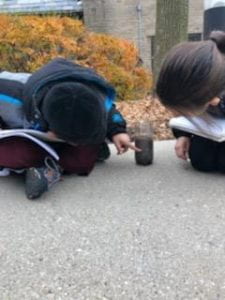
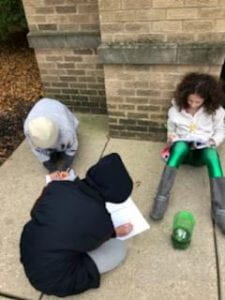

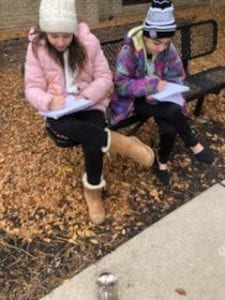
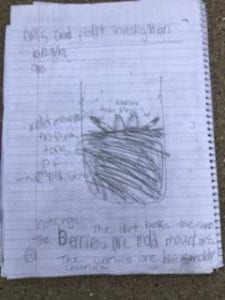

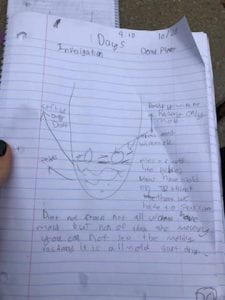

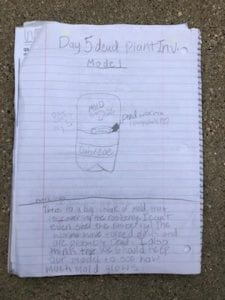




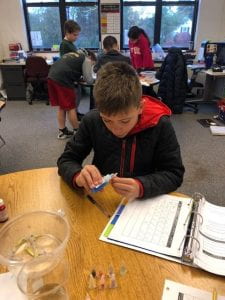





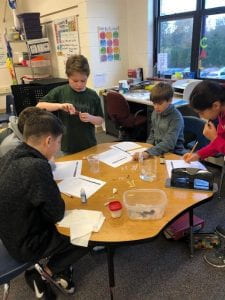

alippman
October 31, 2019 at 10:14 pm (5 years ago)These experiences are authentic, directly connected to the lives of our students. What a way to provoke wonder!